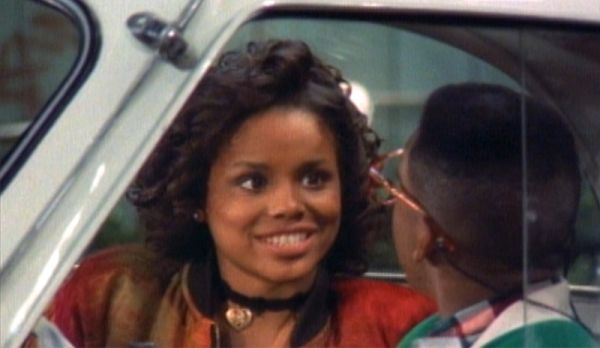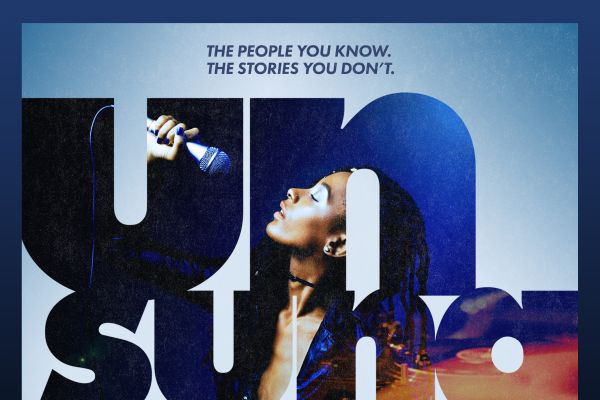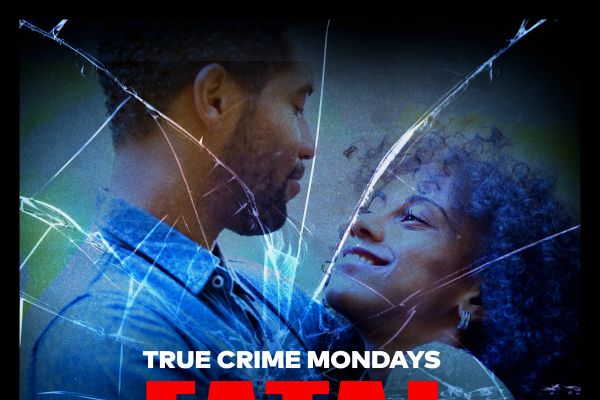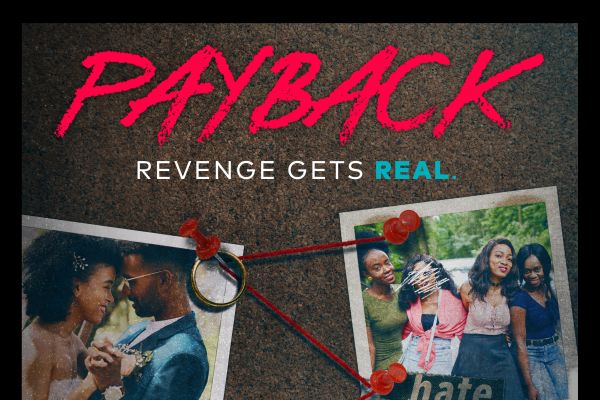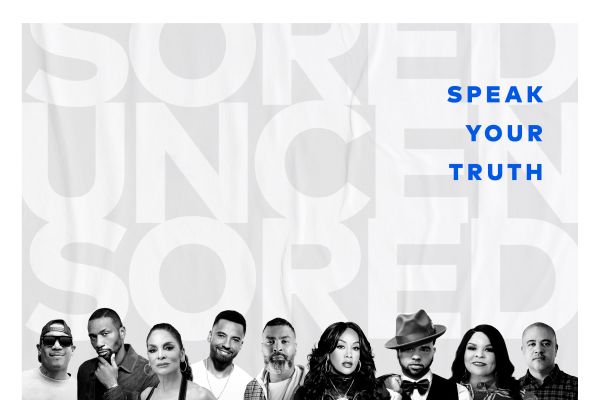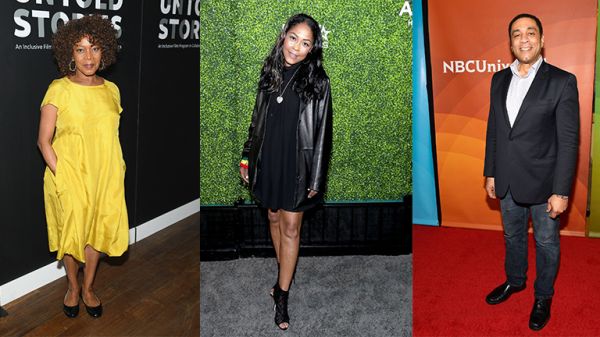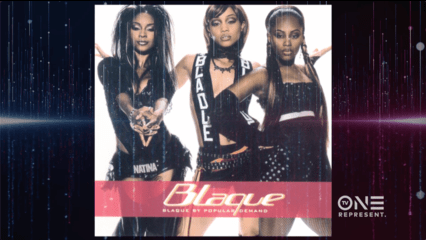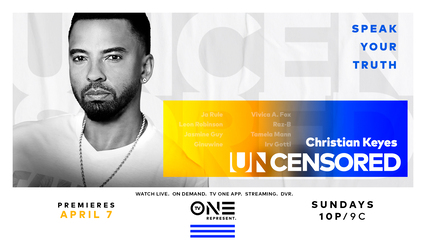Photo by: Vincent McEvoy/Redferns
The late 1960s saw the birth of reggae music in Jamaica, which has subsequently spread around the world!
Reggae music has roots in jazz and rhythm and blues, and it has had a significant influence on the development of several contemporary genres, such as dub, hip hop, and drum and bass.
The phrase “rege-rege,” which refers to “rags” or “ragged clothing,” provides your first indication of the genre’s beginnings.
Reggae music was initially perceived as an eclectic combination of several musical genres when it first arose in Jamaica in the late 1960s. These other musical styles included American jazz, rhythm & blues, and music with New Orleans influences, in addition to Jamaican Mento and modern Jamaican Ska.
With lyrics initially focusing on love, particularly romantic love between a man and woman, Reggae, however, began absorbing a strong Rastafarian influence as the music and the musicians who composed it entered the 1970s.
The kind of love that was being sung about now was not just romantic love but also cosmic and spiritual love, love for one’s neighbor, and love for God, or “Jah.”
When reggae singers weren’t singing about love, they were rebelling and revolutionizing against the things that prevented love from flourishing, such as the excessive violence, abject poverty, racism, and oppression they routinely saw or experienced.
Here are some of the most influential Reggae artists that changed the genre!
Desmond Dekker
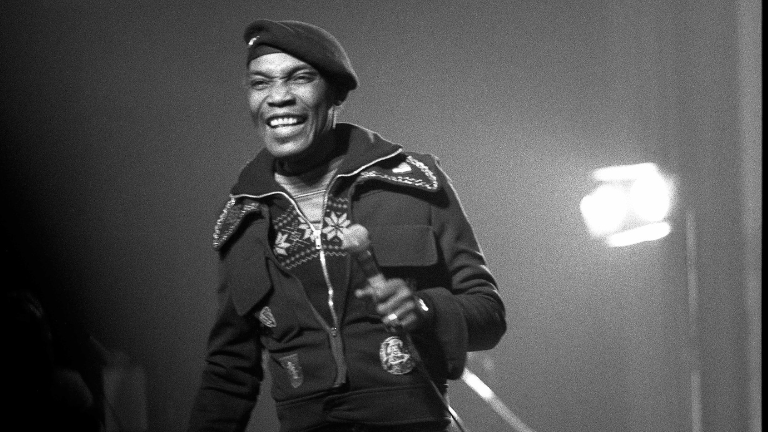
Photo by: David Corio/Redferns
Desmond Dekker is one of the most well-known figures in Reggae music and is revered by many as the “King of Ska” and a fundamental figure in roots in the genre.
Being one of the first reggae hitmakers, his great musical legacy includes being the first Jamaican singer to break down the cultural barrier and introduce Jamaican music to audiences all over the world during a recording career that has lasted four decades.
Born Desmond Adolphus Dacres in Kingston, Jamaica, on July 16, 1941, the late singer spent his formative years on a farm where gospel music and the church played a significant role in his upbringing.
By the time he was in his early teens, both of his parents had passed away, so he was compelled to look for employment as a welding apprentice in the nation’s capital, where he met young Bob Marley.
With his songs on the daily challenges of Jamaican people, Dekker introduced the UK to the rude boy culture of Jamaica and opened the path for artists like Bob Marley.
Leslie Kong, who produced Dekker’s songs starting in 1963, helped him record some of his most well-known hits.
The first single Mr. Dekker ever released, “Honour Thy Father and Mother,” was produced by Mr. Kong and peaked at No. 1 in Jamaica in 1963.
It conveyed a message, like many of Dekker’s songs did, which were the moral, cultural and social issues of mainstream Jamaican culture. He had an appearance on Derrick Morgan’s “Tougher Than Tough” in 1967, which helped launch a wave of hit songs that made fun of the rude boy subculture, which had its roots in the hardscrabble ghetto existence of Jamaica.
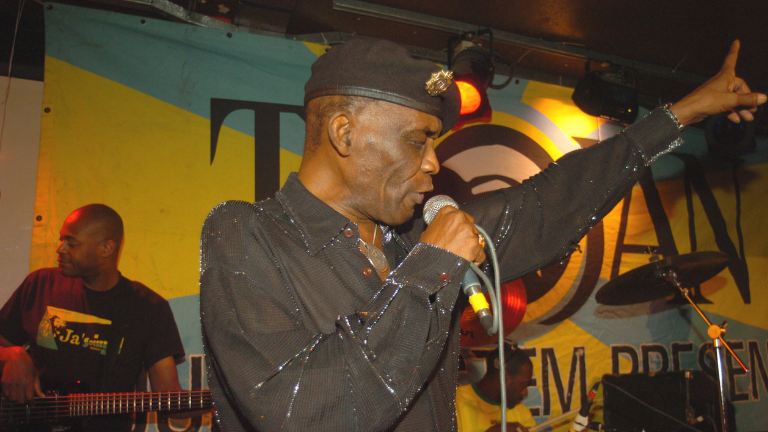
Photo by: Brigitte Engl/Redferns
Following that came a string of popular Jamaican songs like “It Pays,” “Sinners Come Home,” and “Labour for Learning.” Twenty of his songs reached No. 1 in Jamaica.
Together, they produced some of his most influential albums, such as “Action!” and “007 Shanty Town,” which helped establish reggae music both domestically and internationally.
Dekker tragically passed away May 25th, 2006, due to a heart attack.
Toots and the Maytals
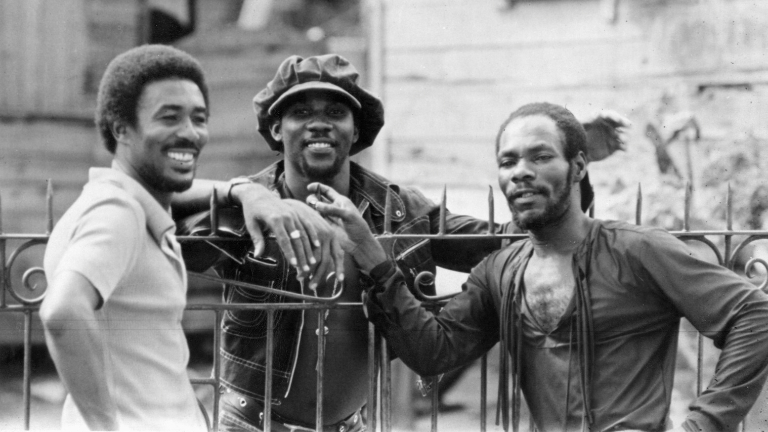
Photo by: Gems/Redferns
Since their 1968 single “Do they Reggay” was the first widely recognized song to utilize the word “reggae,” Toots and the Maytals, who formed in 1962, deserve special recognition for perhaps giving the genre its name.
Frederick Nathaniel “Toots” Hibbert, born on December 8, 1942, created the renown Jamaican ska and reggae band in 1962, with Henry “Raleigh” Gordon, born in 1945, and Nathaniel “Jerry” Mathias, born in 1946.
Paul Douglas, Radcliffe “Dougie” Bryan, Jackie Jackson, Carl Harvey, Marie “Twiggi” Gitten, Stephen Stewart, Charles Farquarson, Harold Butler, Michelle Eugene, Winston Wright, Winston Grennan, Andy Bassford, and Leba Thomas eventually made up the lineup.
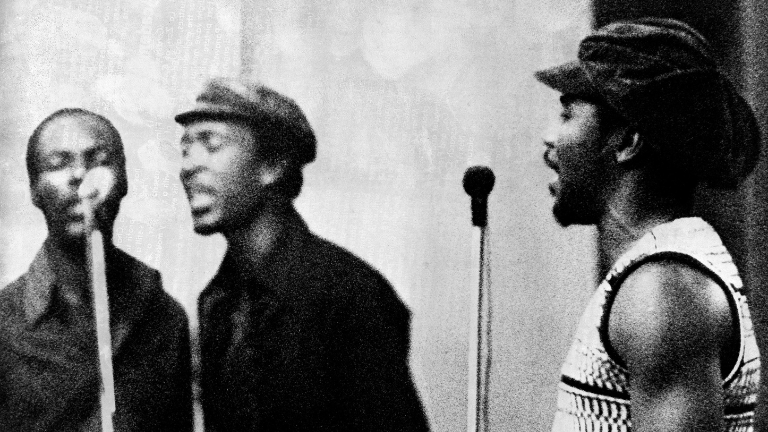
Photo by: Michael Ochs Archives/Getty Images
Toots and the Maytals were once referred to as “The Beatles to the Wailer’s Rolling Stones” and had numerous Grammy nominations throughout the course of their career. The smash song “Louie Louie,” which was taken from the group’s seminal album “Funky Kingston,” was one of their biggest chart triumphs.
On September 11, 2020, in Kingston, Jamaica, Frederick Nathaniel “Toots” Hibbert, one of the most well-known Jamaican artists of all time, passed away from COVID-19 complications. He was 77.
Peter Tosh
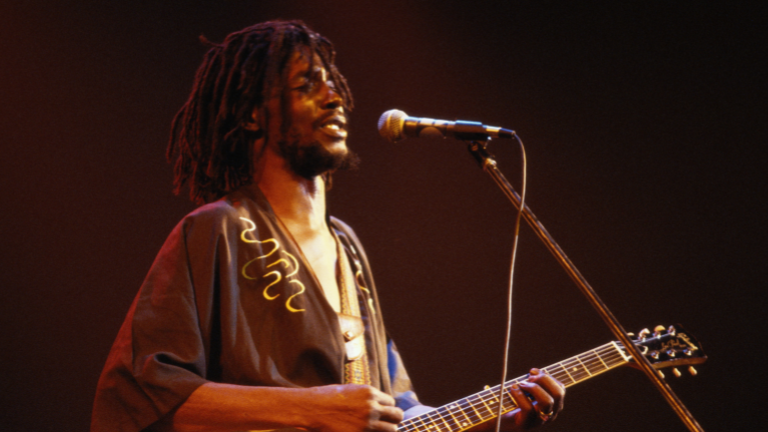
Photo by: Fin Costello/Redferns/Getty Images
Peter Tosh was an original member of Bob Marley and the Wailers, but after leaving the group, he enjoyed success as a solo artist.
Born Winston Hubert McIntosh in the rural parish of Westmoreland, Jamaica, in 1944, he moved to the notorious slum of Trench Town (so named because it was built on the “trenches” that drained the sewage of nearby Kingston) at age 16.
In 1960, like many of his fellow young aspirants, he discovered Joe Higgs, a local musician who gave young people free music lessons.
McIntosh also went as Peter Tosh since he was always aware of the nuances in words and their sounds (as McIntosh sounded as if it contained the word “mocking”).
A year later, a young Tosh met Bob Marley, Bunny “Wailer” Livingston, and Junior Braithwaite through Higgs and they started playing music together in impromptu sessions on Third Street in Trench Town.
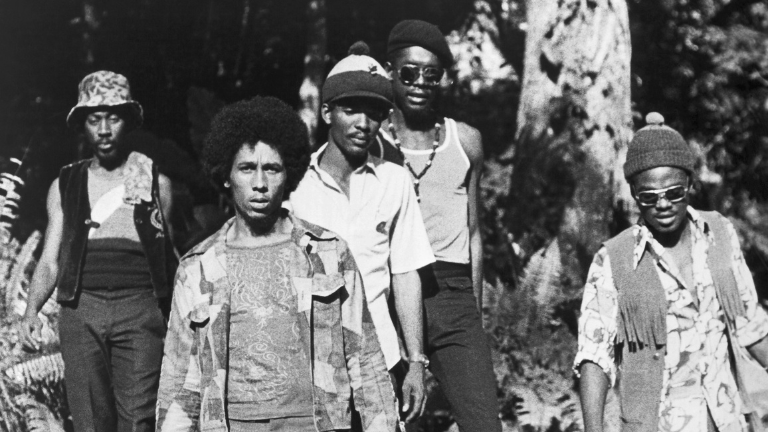
L-R: Earl Lindo, Bob Marley, Carlton Barrett, Peter Tosh, Aston Family Man Barrett. Photo by: Michael Ochs Archives/Getty Images
They formed The Teenagers, a vocal ska group in 1963.
The rhythm section from Studio One’s resident band, The Skatalites, was used in the band’s 1963 recording of “Simmer Down,” which reached the top of the Jamaican charts.
Peter Tosh was a devout Rastafarian with strong roots in Jamaica, and was a prime example of reggae culture.
In the late 1970s, while on tour with the Rolling Stones and recording a duet with Mick Jagger, he contributed to reggae’s popular acceptance.
Tosh, an ardent Rastafarian, addressed Rasta culture and politically charged anti-war emotions in some of his most well-known songs. He released his first solo album, Legalize It, in 1976.
The album’s title tune and lyrics called for the legalization of marijuana, and the album’s cover image showed Tosh smoking.
His song “Legalize It” was one of his biggest hits.
He tragically passed away in a 1987-armed robbery.
Bob Marley
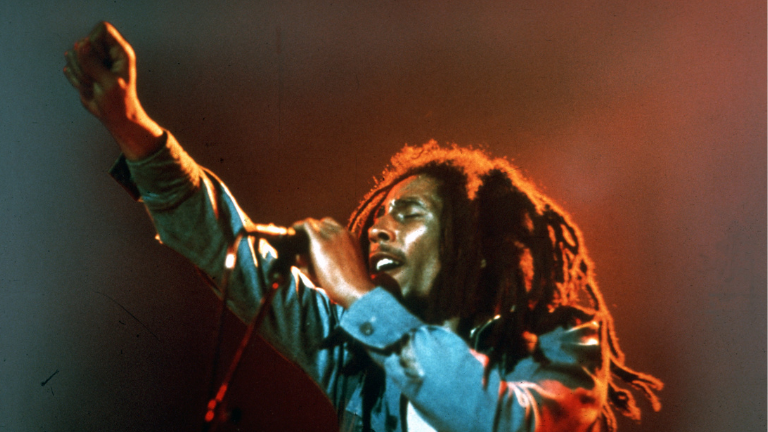
Photo by: Michael Ochs Archives/Getty Images
Our list would not be complete if we didn’t mention the iconic Bob Marley!
Beginning in 1963, Bob Marley’s supporting group, The Wailers, became well-known.
The popular themes of love, redemption, and struggle were present in Bob Marley’s songs, but they were frequently political in nature. The timeless singles that Bob Marley produced include “I Shot the Sheriff,” “Redemption Song,” and “No Woman, No Cry.”
The album Exodus, which was published in 1977 during the dawn of punk, may be the most famous work by Marley.
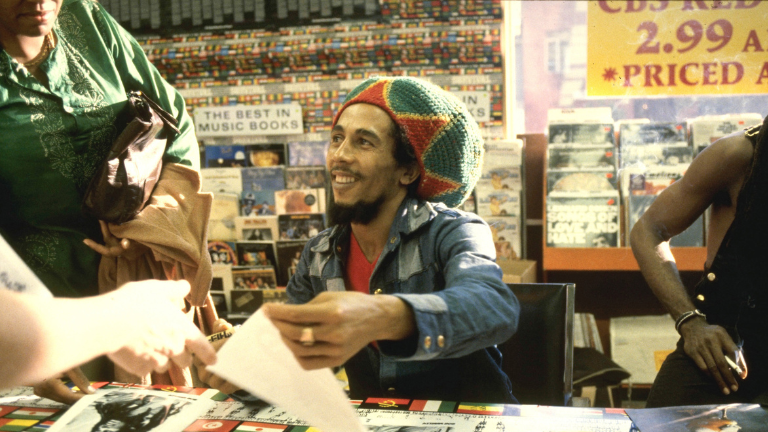
Photo by: Michael Ochs Archives/Getty Images
It features some of his best singles, including “Three Little Birds” and “One Love.”
With the intention of putting a stop to violence between Kingston’s competing gangs, Bob Marley and the Wailers also staged one of the most renowned reggae concerts in history at the One Love Peace Concert in Kingston, Jamaica, in 1978.
At the height of the popularity of reggae, Culture and Dennis Brown were among the performers at the performance.
Steel Pulse
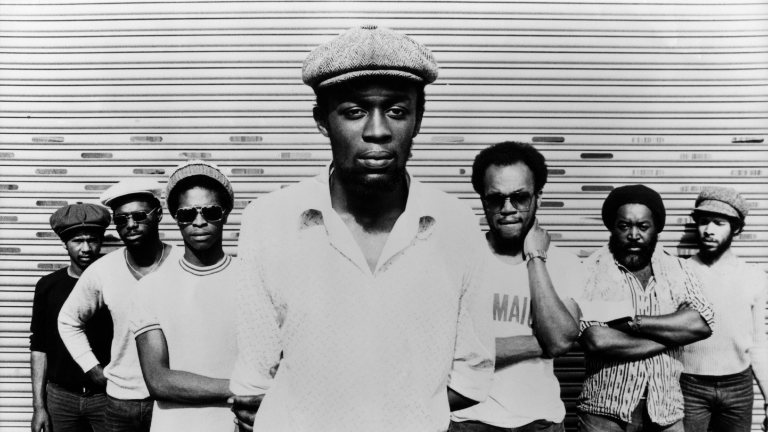
Photo by: Echoes/Redferns
Catch a Fire by Bob Marley and The Wailers served as the inspiration for Basil Gabbidon and David Hinds to start Steel Pulse in 1975 in Birmingham, England.
The group’s first single, “Kibudu, Mansetta and Abuku,” was released on the tiny independent label Dip. The song linked the plight of urban black youth with the idea of a larger African homeland.
The song “Nyah Luv” for Anchor was played after it. Due to their Rastafarian views, they were first denied live performances in Birmingham Caribbean clubs.
Steel Pulse started playing punk venues like the Hope and Anchor in London and The Electric Circus in Manchester in 1976, when punk rock first gained popularity.
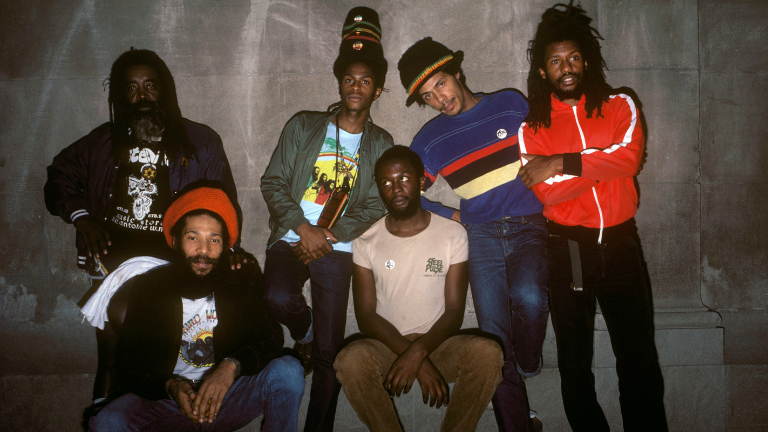
Photo by: Peter Noble/Redferns
They are a roots reggae group whose songs frequently addressed issues of racism and social injustice. The Reggae group rose to international recognition and became the first reggae band to ever perform on The Tonight Show in the US, despite being frequently barred from doing live shows in the UK owing to their contentious Rastafarian beliefs.
With the release of their seminal album Babylon the Bandit in 1987, they also made history by being the first non-Jamaican band to win the Grammy for Best Reggae Album.
Burning Spear
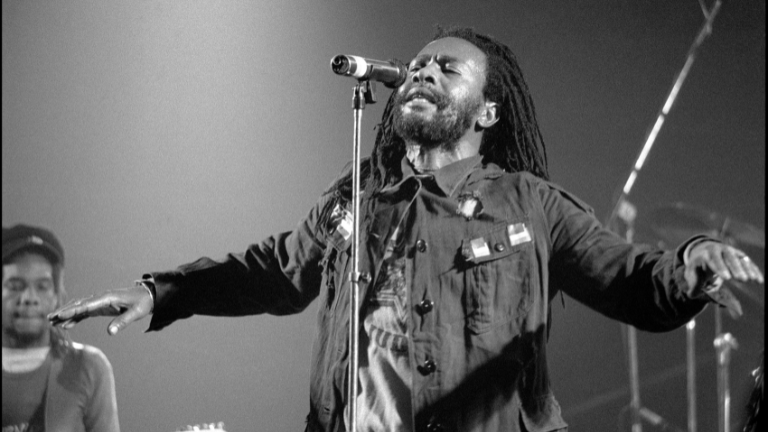
Photo by: David Corio/Redferns
Burning Spear is nothing short of legendary within the genre of Reggae. As he is without a doubt one of the most lasting reggae musicians of all time, he is still recording music after 40 years.
Burning Spear is well-known for his Rastafari movement themes.
Born Winston Rodney, on March 1, 1945, in Saint Ann’s Bay, Jamaica was influenced by political figure Marcus Garvey.
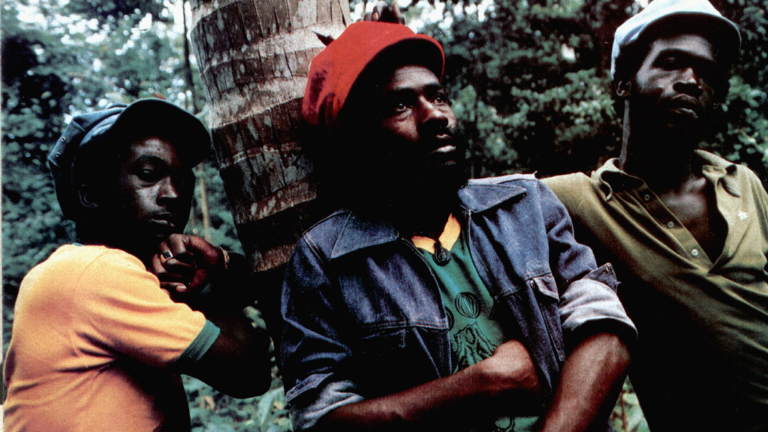
Photo by: GAB Archive/Redferns)
His third album entitled Marcus Garvey was released in 1975. The album’s lead single, “Marcus Garvey” praised the activism of the same-named activist and is regarded as the start of dread roots reggae.
The album’s second track entitled “Slavery Days” is also a huge hit for Burning Spear.
Throughout the song, Burning Spear talks about the slave trade over the course of 400 years, since the Portuguese opened the Atlantic slave trade, roughly 12 million Africans were forcibly transported to America.
As Burning Spear expressed it, their memory of this exodus was erased during those times of enslavement. Later, after slavery was abolished, they likewise lost their recollection of slavery.
The Rastafari movement, which was influenced by its “prophet,” Marcus Garvey, was aware of the African and slave-related heritage of the Jamaican people, as seen by this song.
Sizzla
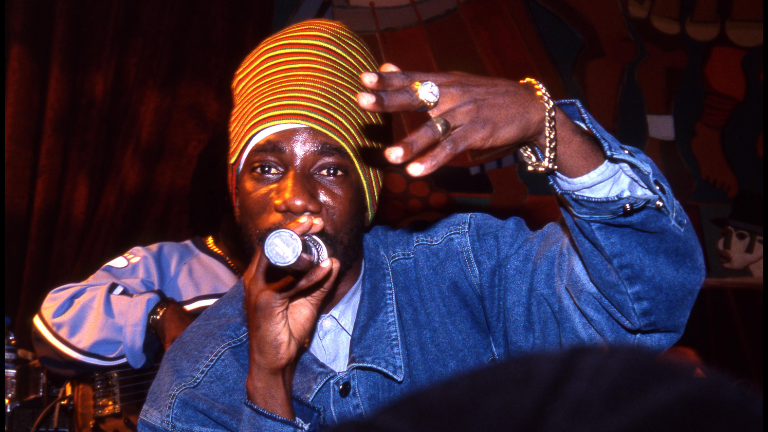
Photo by: David Corio/Redferns
One of the most active figures in the conscious Reggae dancehall movement is Sizzla Kalonji!
He made his debut in the latter half of the 1990s and contributed to bringing dancehall back under the spiritual and musical sway of roots reggae and largely Rastafarian subject matter.
Miguel Collins was born on April 17, 1976, in St. Mary, and grew up in the neighborhood of August Town.
Dancehall music saw a surge in the 1980s, and the lifestyle followed. Sizzla kept a close eye while gathering material for his music. He started working in the music business in his early adolescence. He obtained a gig with the Caveman Hi-Fi sound system after improving his vocal abilities, where he initially established himself as a performer.
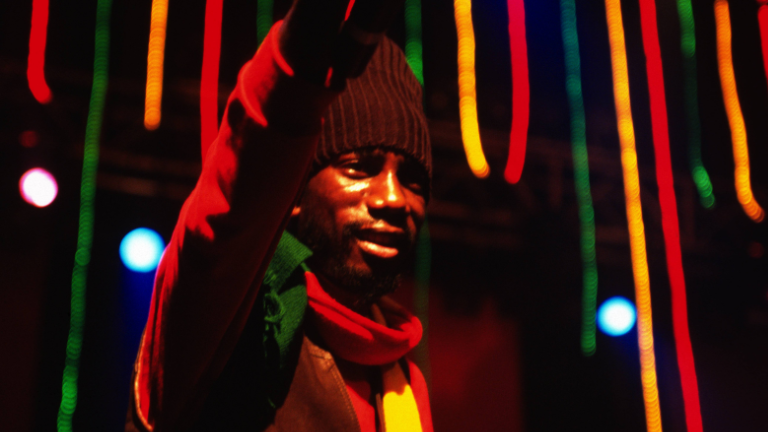
Photo by: Robin Little/Redferns
The 46-year-old Reggae artist released a remarkable 56 albums, some of the most significant being Praise Ye Jah from 1997 and The Messiah, which earned him his first Grammy nomination.
His most well-liked songs include “Thank U Mamma” and “I’m Living.”
Sizzla is the only modern artist who has been able to recapture the success of reggae during the 1970s and 1980s.
Tell us who’s your favorite Reggae artist down below!
Like TV One on Facebook and be sure to follow us on Instagram and Twitter.
